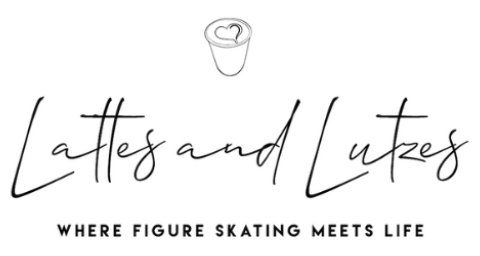
Welcome to the second part of our blog series on editing figure skating music. If you missed the first part, you can find it here. Richard Hollman, a figure skater and music editor/owner of Strigiform Productions, has uniquely combined his passions to help skaters bring their performances to life. In this conversation, we drew on his extensive experience in both skating and music editing to bring you valuable tips and insights on selecting and editing music for figure skating programs.
1. Choosing the Right Music:
Selecting music for a figure skating program is more than just picking a favorite song. Here are some key considerations:
- Emotional Connection: Choose music that resonates with the skater and makes them want to move. It should inspire them to skate and help convey their story on the ice.
- Musical Clarity: Opt for music with clear and crisp sounds. As Richard rightly pointed out, rinks often have poor acoustics, turning beautiful music into a muddled mess. Music with less orchestration and a strong rhythm is usually more effective.
- Longevity: The skater will be practicing to this music hundreds of times. Ensure it’s something they love and won’t get tired of, even when working on challenging parts of the program.
- Test in the Rink: Before committing to a piece of music, listen to it on your rink’s sound system. What sounds great at home may not work as well in a large, echo-prone space.
2. Editing Tips:
Effective music editing is crucial for a smooth performance. Here are some techniques Richard has found useful:
- Emphasize the Start and End: Boost the initial beats of the music to ensure a clear starting cue. For the ending, avoid slow fades and aim for a definitive conclusion. This really helps the skater hear the beginning and end of their program.
- Tempo Adjustments: Minor tempo changes can help fit the music to the skater or program without making it sound unnatural. However, avoid significant tempo changes within the same song, as it can disrupt the flow.
- Layering Sounds: While layering different versions of a song can be tricky due to tempo and key differences, overlaying instrumental breaks or percussion on vocal parts can add a unique punch.
- Compression: Use compression to make sure your music can be heard in a noisy rink environment. This technique makes quiet parts louder without distorting the louder sounds, ensuring all musical elements are audible in the rink.
3. Collaborating with a Music Editor:
When working with a music editor, clear communication is key. Here’s how to ensure a smooth process:
- Basic Information: Share the length of the program, the music chosen, and any specific sections to include or avoid.
- Revisions: Sometimes, the editor can offer valuable insights or alternative suggestions that might work better for the program. By the same token, be sure to let your editor know if anything in the edit is not in line with your vision of the program.
- Flexibility: Be prepared for adjustments. As the program develops, certain sections might need to be faster or slower. Communicate these changes to the editor.
4. Special Effects:
Adding voiceovers or sound effects can enhance the performance, but use them judiciously. They should complement the routine without overwhelming the music.
- Voiceovers: Common in artistic roller skating, voiceovers can set the stage and build character, but ensure they blend seamlessly with the music.
- Sound Effects: Well-timed sound effects, like a dramatic explosion or a subtle bell, can highlight key moments in the routine. However, they should be integrated smoothly to avoid sounding out of place.
By following these tips and/or working closely with a music editor, you can create captivating and harmonious music that truly enhances your figure skating program. Enjoy the process and happy skating!

Very interesting- learned a ton between the 2 posts! Thanks to Richard for sharing (and pursuing a second career!!
Thx Christina